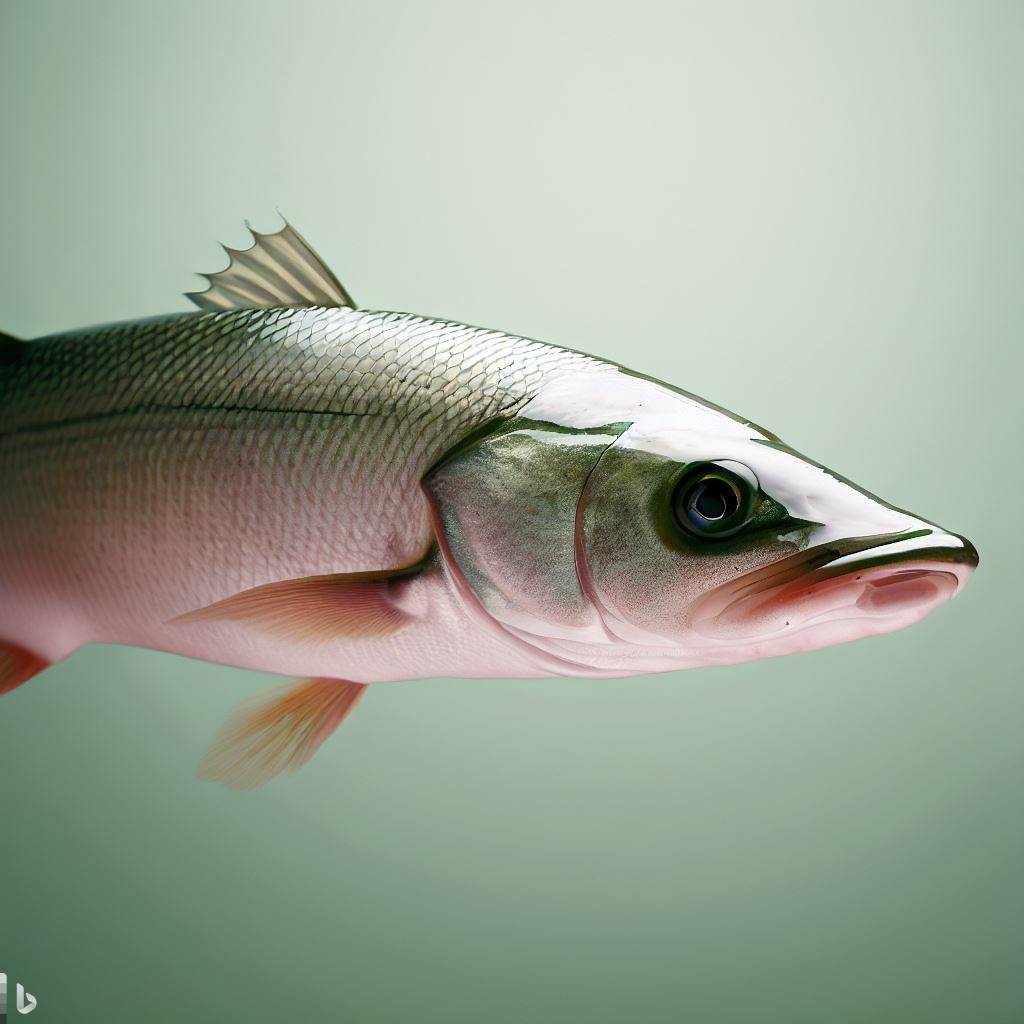Common snook

The common snook exhibits fascinating ecological characteristics that contribute to its survival and reproductive success. As a protandric hermaphrodite fish species, it possesses the ability to change its sex during its lifetime. The spawning season of the common snook spans from April to October, with peak spawning occurring in July and August. These spawning activities primarily take place in near-shore waters characterized by high salinity levels.
After the spawning period, the juveniles migrate to brackish waters found in nearby estuarine environments. Upon reaching maturity, they return to the open ocean's higher-salinity waters to join the breeding population, completing their life cycle.
Reproductive Ecology
Understanding the reproductive ecology of the common snook is crucial to appreciate its breeding behavior. The species exhibits fascinating patterns in terms of spawning and migration. The juveniles are spawned in near-shore waters, and as they mature, they transition to brackish waters of estuaries. The adults then return to the ocean for breeding purposes. This migratory behavior plays a vital role in maintaining a healthy population of common snook.
Habitat Ecology
The common snook showcases a unique dependence on estuarine and freshwater habitats. Juvenile common snook predominantly inhabit coastal wetland ponds, island networks, and creeks within estuaries. Interestingly, they display a preference for lower-salinity conditions during the early stages of their life, highlighting their adaptability to varying environmental conditions. This flexibility, coupled with their opportunistic feeding habits, allows common snook to thrive in a diverse range of habitats.
Physiological Ecology
The physiological adaptations of common snook enable them to survive and thrive in their surroundings. These fish possess a remarkable ability to perceive changes in temperature, salinity, rainfall, and lunar cycles. These environmental cues influence crucial behaviors such as spawning initiation and cessation. However, disturbances in their environment, such as cold snaps, can have severe consequences for the snook population. Cold temperatures below certain thresholds can disrupt their feeding patterns, equilibrium, and even lead to mortality.
Distribution and Habitat
The common snook can be found in tropical waters of the western Atlantic Ocean, ranging from the coast of North Carolina to Brazil, including the Gulf of Mexico and the Caribbean Sea. Historically, the species has been restricted to warmer climates due to its limited cold tolerance. However, recent observations indicate a northward expansion of their range, possibly influenced by climate change. This expansion has resulted in increased population sizes and potential impacts on other species within the food web, such as sea trout.
Human Interest
Apart from its ecological significance, the common snook holds great value for humans in various ways. It is highly sought after both as a food fish and a game fish. Known for its exceptional fighting capabilities, anglers prize the common snook for its thrilling battles. The current all-tackle world record for common snook stands at an impressive 53 lb 10 oz, a testament to the species' size and strength.
Protection in Florida Gulf Coast
Conservation efforts play a crucial role in maintaining healthy populations of common snook. In Florida, specific regulations have been implemented to protect the species, particularly in the Gulf of Mexico. Recreational harvest of snook in these waters has been closed in response to the adverse effects of a severe cold kill event in 2010. The closure aimed to allow the population to recover and ensure the species' long-term viability. Continuous monitoring and periodic assessments contribute to informed decision-making regarding the management of common snook populations.


